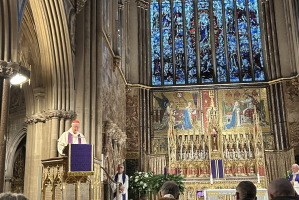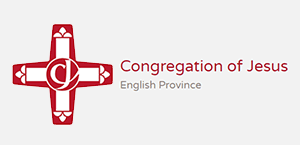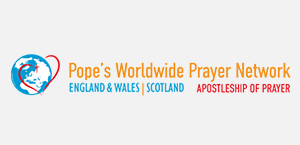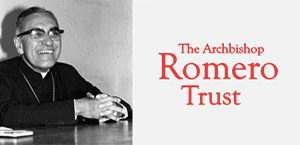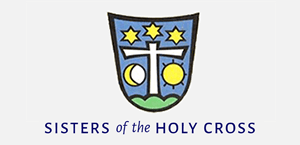HIV, Migration, and Forced Displacement: What Can the Churches Do?
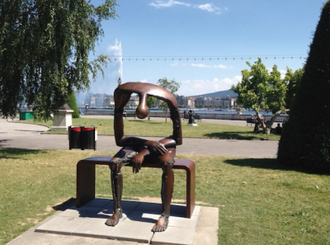
Sculpture, Mélancolie by Albert Gyorgy in Geneva. Photo: Sue Parry
Source: WCC
The World Council of Churches (WCC) has published 'HIV, Migration, and Forced Displacement: What Can the Churches Do?' by Sue Parry.
"The reality of migration and forced displacement challenges us as Christians to become more informed and knowledgeable, to find appropriate ways to practically respond, and to welcome the stranger among us," the introduction to the manual explains. "This manual has been developed as a tool to help churches, religious leaders, and faith communities broaden their understanding of some of the issues at stake and explore how and where we can best respond."
This manual is one of a series of four covering existing knowledge gaps in the faith sector working on HIV. It includes a technical briefing summarising the scope of the issue; a section on living our faith with practical applications; and theological resources.
"We live in an age of migration," said Parry. "It is a growing reality that cannot be ignored, as it represents people forced to make difficult decisions that completely change their lives. They are people in need, and they are our neighbours- they are us."
In one month, the WCC will organize a webinar with key discussants and experts in the topic, and with experiences of local congregations working on migration and HIV. "Furthermore, WCC will train religious leaders and diverse communities in the content of this manual in Nicaragua and Bolivia this year, and in India and other countries in 2026," added Ross.
Future manuals will cover HIV and mental health, followed by manuals on HIV prevention and HIV among young people.
This publication was made possible through grants from Evangelische Mission Welweit-EMW (Association of Protestant Churches and Missions in Germany).
Read the manual here: www.oikoumene.org/resources/publications/hiv-migration-and-forced-displacement



